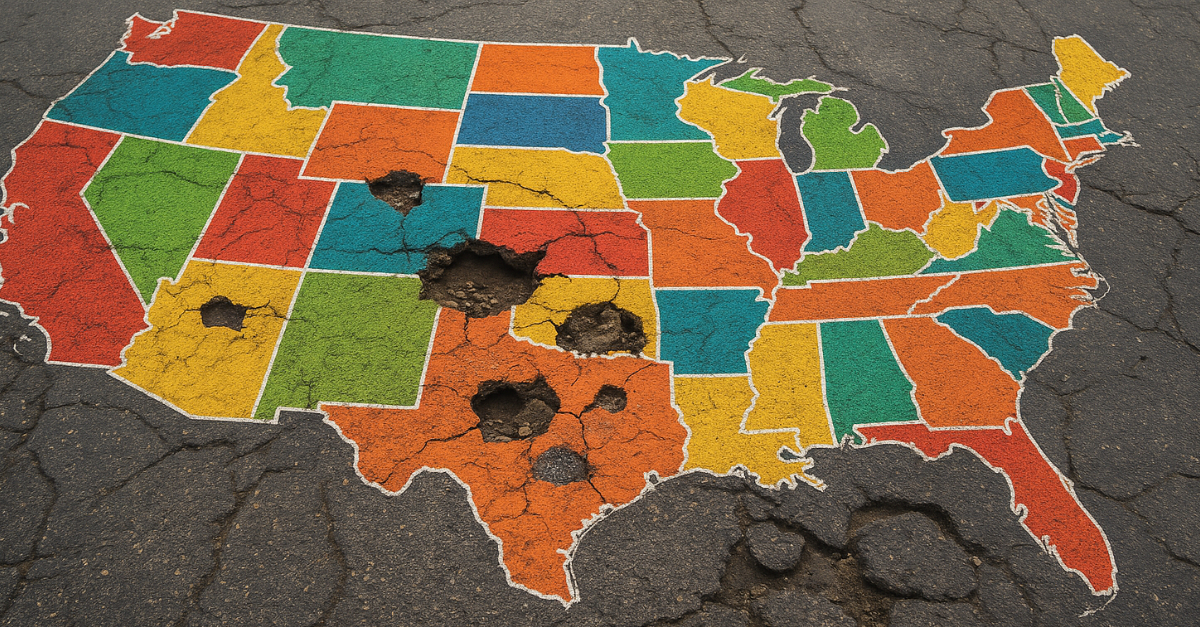The Map Was Bigger Than You Think
When most think of Vikings, they picture Scandinavia and sea raids. But behind fictional helmets and horns, the Viking footprint shows up in some of the least expected corners of the world.

Newfoundland, Canada
Cold Atlantic winds battered the shores of Vinland as Norse sailors, led by Leif Erikson, arrived around 1000 AD. At L'Anse aux Meadows, they built turf-walled houses and forged iron. Archaeologists confirmed that scarce resources and conflict with locals ended the settlement.
Baghdad, Iraq
Rus traders paddled their carved ships down the Volga, bound for Baghdad. In the 10th century, Arab chronicler Ibn Fadlan described their rituals and silver dealings by leaving a notable record in texts like the Risala, though their cultural impact on Islamic literature was limited.
 Synaps commons, Wikimedia Commons
Synaps commons, Wikimedia Commons
Ceuta, Morocco
After pushing through the Strait of Gibraltar in the 860s, Viking ships battered Ceuta's defenses. Muslim historians like Ibn Idhari recorded the raids by calling the Norsemen "Majus," meaning "fire-worshipper". No settlements followed, but these rare African forays show the sheer reach of Norse ambition.
Lisbon, Portugal
Viking prows pierced the Tagus in 844. Lisbon, then under Muslim rule, suffered a brief but sharp attack. Islamic chroniclers noted the attackers' speed and ruthlessness before defenders drove them out. The event remains one of the earliest northern incursions into modern-day Portugal.
Seville, Spain
The attack on Seville (also in 844) spurred a wave of fortification that reshaped Andalusia's defenses. Norse warriors had stormed the city by water and held it briefly after overwhelming Umayyad guards. When the Caliphate struck back, the Vikings retreated by leaving behind smoldering ruins and shaken chronicles.
 Carlos Delgado, Wikimedia Commons
Carlos Delgado, Wikimedia Commons
Isle Of Man, UK
A coin inscribed with King Olaf's name tells part of the story. Norse rulers seized the Isle of Man in the 9th century by creating a maritime hub. The Tynwald assembly, still in operation today, traces its roots back to Viking lawmaking. Later, Scotland absorbed the island's sovereignty.
 David Purchase , Wikimedia Commons
David Purchase , Wikimedia Commons
Shetland Islands, UK
At Jarlshof, Norse-era artifacts are stacked on top of older Bronze Age remnants. These islands remained under Norwegian rule until 1469, when they passed to Scotland through a royal dowry. Long after the Picts disappeared, Norse settlers built their longhouses across Shetland's harsh subarctic terrain.
 Sandy Gerrard , Wikimedia Commons
Sandy Gerrard , Wikimedia Commons
Hebrides, UK
By the 11th century, Norse-Gael lords ruled the Hebrides, with their reign chronicled in the Orkneyinga saga. Scotland secured the islands through the Treaty of Perth in 1266, yet Norse customs and place names lingered long after the formal transfer of power had taken place.
 Virtual-Pano, Wikimedia Commons
Virtual-Pano, Wikimedia Commons
Normandy, France
Rollo's descendants adopted French and embraced Christianity, but their Norse blood didn't fade. It resurfaced forcefully in 1066 with the Norman conquest of England. That legacy began in 911 when King Charles the Simple granted Rollo land that would become Normandy.
Kievan Rus', Ukraine
Around the 9th century, Swedish Varangians were invited to rule over fractious Slavic tribes, which gave rise to Kievan Rus'. The Norse elite brought order but slowly absorbed the Orthodox faith and Slavic customs. By the time of Vladimir the Great's reign, their Scandinavian identity had faded behind new traditions.
Novgorod, Russia
Novgorod's roots stretch back to Rurik's arrival around 862 based on the birchbark letters and Norse weaponry found by archeologists. As the northern capital of the Kievan Rus', it linked Scandinavia to Byzantium. Over centuries, Slavic influence grew, and the Norse identity gave way to Eastern Orthodoxy.
Latvia
Sites like Daugmale, where weapons and beads surfaced, reveal that Norse traders passed through Latvia en route to inland markets. The Daugava River, not conquest, guided their journey. As Baltic tribes grew stronger, Viking influence faded by leaving behind only scattered remnants near the ancient trade routes.
 Diego Delso, Wikimedia Commons
Diego Delso, Wikimedia Commons
Isle Of Lewis, Scotland
Norse control over the Isle of Lewis began in the 9th century as part of the Kingdom of the Isles. Viking settlers established farms and burial sites, as evidenced at sites like Ardroil. The Hebridean islands remained under Norse rule until Scotland regained control in 1266.
 Anne Burgess, Wikimedia Commons
Anne Burgess, Wikimedia Commons
Sardinia
Sardinia, known for Roman and Islamic ties, briefly entered Viking history. Around the 9th or 10th century, Norse raiders likely struck its coast near Cagliari, as confirmed in a 12th-century Pisan record. A Norse-motif bronze buckle was found in the area, too. Still, no permanent Viking settlements have been documented.
 Stefan Wloch, Wikimedia Commons
Stefan Wloch, Wikimedia Commons
Isle Of Bute, Scotland
Vikings took the Isle of Bute in the 9th century by integrating it into the Norse-controlled Kingdom of the Isles. Place names and defensive duns mark their presence. Although Scotland reasserted control by the 13th century, Norse influence lingered in local governance and land divisions.
 Billy McCrorie , Wikimedia Commons
Billy McCrorie , Wikimedia Commons
Germany (North Sea Coast)
The Frankish Annals, such as the Annales Bertiniani, record repeated Viking attacks on Hamburg and Bremen in the 9th century. Norse raids ravaged the Saxon coast. So, in response, Charlemagne's successors built stronger defenses, which forced the raiders to shift their focus westward toward more vulnerable shores.
 Dietmar Rabich, Wikimedia Commons
Dietmar Rabich, Wikimedia Commons
Isle Of Gigha, Scotland
Scotland reclaimed Gigha in 1266, which closed a chapter of Norse rule that had lasted for centuries. The island's Viking boat burials and longhouse ruins still speak to that legacy. Though modest in size, Gigha held strategic weight and joined the Norse Kingdom of the Isles by the 9th century.
 Chris Downer, Wikimedia Commons
Chris Downer, Wikimedia Commons
Galicia, Spain
Viking raids struck Galicia's rugged coast in the 9th and 10th centuries, with records of pillaging of monasteries and towns. Although no lasting Viking rule emerged, their presence influenced local defenses and maritime culture, which embedded Norse traces in Galicia's history beyond immediate violence.
Sicily, Italy
In the 11th century, Norman conquerors descended from Norse settlers in France, seized Sicily, and formed a hybrid kingdom. Their court blended traditions from Latin, Greek, Arab, and Norse cultures. Though now known for Roman ruins and Arab emirs, Sicily's Viking-linked rulers once shaped its medieval character before dynastic shifts took hold.
Paris, France
Paris, once stormed by Viking raiders in 845, was forced to pay a ransom to Ragnar Lodbrok's fleet. A century later, their Norman descendants returned not as plunderers but as protectors. Granted land in Normandy, they helped defend the very city their forebears had once attacked.
 Pierre Blaché from Paris, France, Wikimedia Commons
Pierre Blaché from Paris, France, Wikimedia Commons
Rome, Italy
Norsemen never ruled Rome directly, but they entered its gates under unique circumstances. In 1046, Norman mercenaries—descendants of Vikings—helped Pope Leo IX restore order during a period of political chaos. Though brief, their involvement placed Viking blood inside Rome's defenses during a critical moment in the city's medieval evolution.
Istanbul, Turkey (Hagia Sophia)
"Halvdan was here," carved in runes, links Norsemen to Byzantium's sacred center. These marks are believed to be from the Varangian Guards. Even though these are just a few etchings, they anchor Viking presence in the marble heart of Eastern Christianity.
Antioch (Modern Turkey/Syria Border)
In the early 12th century, Viking-descended Normans ruled Antioch as part of the Crusader states. Though far from Scandinavia, their control extended the Viking legacy deep into the Levant. The Principality of Antioch blended Norse lineage with Christian rule at a major crossroads of empires.
 Carole Raddato, Wikimedia Commons
Carole Raddato, Wikimedia Commons
Tanais, Russia
Near the Don River delta, Norse traders of the Kievan Rus' reached Tanais—once a Greek outpost. Though never fully Norse, it fell within their sphere of trade and military influence. Archaeological finds suggest a Viking presence along this southern frontier of Rus power in the 10th century.
Malta
Malta, near Sicily, was under Arab and Byzantine influence during the Viking Age. In 870 AD, Vikings reportedly raided the island, according to al-Nuwayri. Although no permanent Norse presence is recorded, Malta’s mention alongside Viking activity in Sicily and North Africa suggests occasional contact or opportunistic attacks.



















